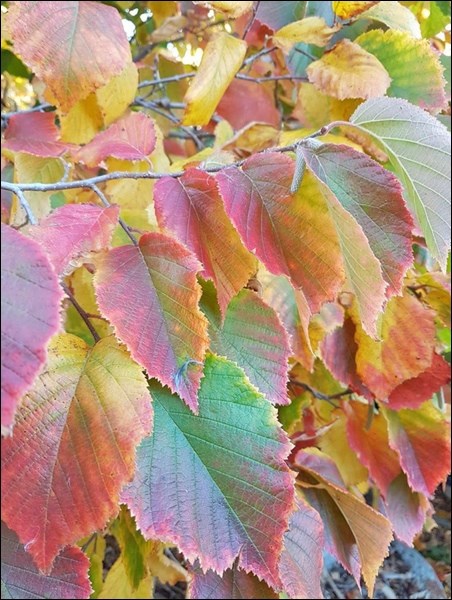For many of us, Thanksgiving involves getting together with folks we enjoy and eating a lot of food. In Canada it is timely as we have usually just finished or are in the process of finishing the harvest of our gardens.
If we look at the roots of Thanksgiving there are two different paths. In 1578, Sir Martin Frobisher and his crew had their first Thanksgiving meal on what would become Canadian soil. They had voyaged to Baffin Island and held a ceremony to thank God for their safe arrival. They enjoyed a lovely meal of salt beef served with rock-hard crackers and mushy peas. Forty-three years later, the Pilgrims at Plymouth held their better-publicized Thanksgiving, which has some rather more negative memories from the Aboriginal perspective.
In Canada, we do have much reason to give thanks for, as we do enjoy a land blessed with many natural wonders, clean air and fertile soil. Thanksgiving was declared a national holiday in 1879 and we have enjoyed an extra day to share that 142 million kilograms of turkey that is consumed. One last interesting trivia surrounding the venerable turkey is fossils indicate wild turkeys have roamed North America for more than 10 million years.
Now getting down to what we grow and harvest from the garden. Mashed potatoes served with large amounts of gravy are often an important part of the meal. Choosing potatoes with a higher starch content like russets or Yukon gold will give you the fluffiest, smoothest and most flavourful mash. Be careful to treat those swollen starch granules in your potatoes gently as well as too much vigour will give you a gluey, less appetizing addition to your meal.
Winter squash are always a favourite and colourful vegetable and can be served in many ways. Simply wash the outer rind and chop the squash into appropriate sizes for baking. Add butter, salt and pepper to taste and cover to ensure the moisture stays in this yummy vegetable. Bake at 350 F.
Other vegetables you may also have at your disposal at this time of year includes corn (on the cob or not), lovely carrots and beets and, if you are lucky, kohlrabi. We are lucky to have such a wide array of available vegetables to grace our Thanksgiving tables.
Thanksgiving would not be complete without pumpkin pie. Making a pumpkin pie from a real pumpkin will forever spoil you for making it by opening a can. A pumpkin that is six to eight inches in diameter will give you enough pumpkin for a 10-inch deep dish pie. Cut the pumpkin in half, scoop out the seeds and then either bake, steam or microwave the pumpkin until it is soft. Discard excess moisture and puree the pumpkin until smooth. Now it is time to mix the pie ingredients together. These ingredients will usually include some type of sweetener, some spices like cloves, ginger, cinnamon and maybe allspice, eggs, and evaporated milk. Bake the pie until a knife inserted into the centre comes out clean and enjoy with whipped cream.
The only thing left is to harvest some materials from your garden to make an appropriate table centre for Thanksgiving. Personally, I prefer, branches of autumn coloured leaves, pine cones, small squash from the garden, the odd tomato or two and anything else at my disposal. May we wish you all a wonderful Thanksgiving and may your bountiful harvest from your gardens grace your tables and be enjoyed by both friends and family.
— Hanbidge is a horticulturist with the Saskatoon School of Horticulture and can be reached at 306-931-GROW(4769); by email at growyourfuture@gmail.com; facebook: @schoolofhort; twitter: @hortiuclturepat; instagram: patyplant or check out our website at saskhort.com



